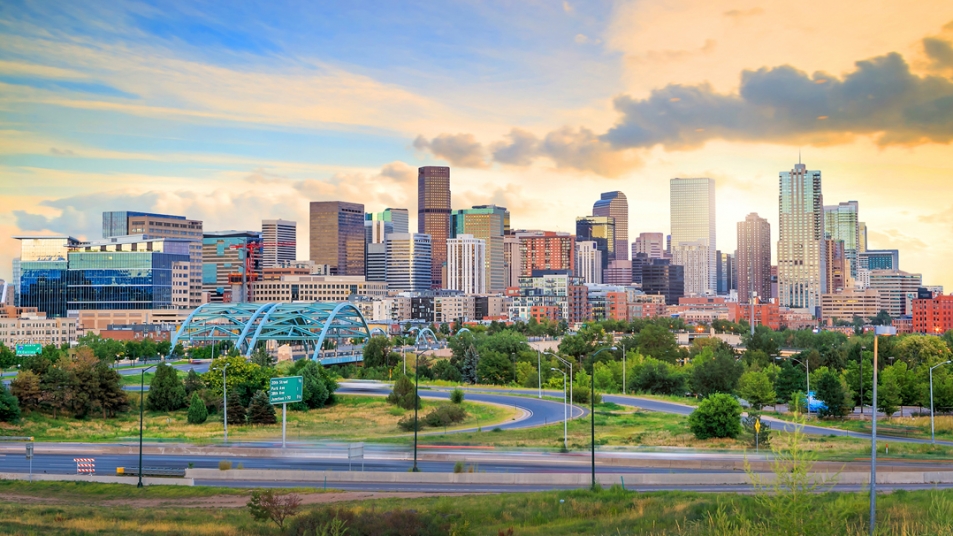The website is running an outdated PHP version (7.4); please upgrade it and check for any malware or security vulnerabilities.
Introduction:
Colorado is known for its frequent hailstorms, posing a risk to both property and vehicles. Understanding the areas most affected by hail, the frequency of hailstorms, and protective measures is crucial for residents. In this article, we will explore the parts of Colorado that experience the most hail, the commonality of hailstorms, reasons behind their prevalence, and tips to protect your car from hail damage. We will also provide links to a car cover product on Amazon and a reputable auto body repair shop in Denver.
What parts of Colorado get the most hail? Hail is most prevalent in the eastern part of Colorado, including the Front Range region, which includes cities like Denver, Colorado Springs, and Fort Collins. However, hailstorms can occur throughout the state, with the eastern plains experiencing a higher frequency and intensity.
How common is hail in Colorado? Hailstorms are relatively common in Colorado, particularly during the warmer months. Colorado ranks among the top states in the United States for hailstorm frequency and severity. The state's unique geography, altitude, and weather patterns contribute to the frequent occurrence of hail.
Why is hail so common in Colorado? Several factors contribute to the prevalence of hail in Colorado:
a. Geography and Topography: Colorado's proximity to the Rocky Mountains and its higher elevation make it susceptible to weather patterns that generate severe thunderstorms, including hail-producing storms.
b. Convergence of Air Masses: Colorado sits in an area where warm, moist air from the Gulf of Mexico clashes with cool, dry air from the Rocky Mountains. This collision creates favorable conditions for hail formation within powerful thunderstorms.
c. Upslope Effect: Colorado experiences the upslope effect, where winds blow moisture-laden air from the east, causing it to rise and cool, leading to the development of thunderstorms capable of producing hail.
How do I protect my car from hail in Colorado? Protecting your car from hail damage requires proactive measures. Here are some tips to safeguard your vehicle:
a. Seek Shelter: Whenever possible, park your car in a covered garage, carport, or under a sturdy structure during hailstorms. If no covered options are available, consider public parking garages or shopping centers with covered parking.
b. Use Car Covers: Car covers offer an additional layer of protection against hailstones. Consider using a high-quality car cover designed for hail protection, such as an all-weather car cover.
c. Utilize Hail Blankets or Thick Blankets: In the absence of a car cover, place thick blankets or hail blankets on your vehicle to reduce the impact of hailstones.
d. Monitor Weather Reports: Stay informed about weather conditions by monitoring local forecasts and news updates. This allows you to take preventative actions when hailstorms are predicted.
Auto Body Repair Shop in Denver: In the event that your car sustains hail damage, it's crucial to seek professional auto body repair services. One reputable auto body repair shop in Denver is Jewell Collision. They specialize in hail damage repairs and provide quality service to restore your vehicle's appearance and structural integrity.
Conclusion:
Hail is a common occurrence in Colorado, particularly in the eastern regions of the state. Understanding the areas most affected by hail, its frequency, and the reasons behind its prevalence can help residents take proactive measures to protect their vehicles. Seek shelter during hailstorms, utilize car covers or blankets for added protection, and monitor weather reports. In the unfortunate event of hail damage, consider professional repair services, such as those offered by Jewell Collision.



